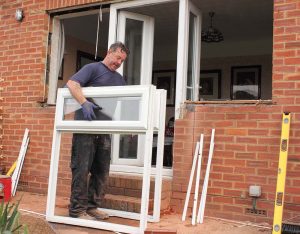
Efficient Energy Homes Ltd provides qualified, PAS 2035-compliant Retrofit Assessors to carry out essential property evaluations. Whether you’re a homeowner, landlord, or housing provider apply for government-funded schemes like ECO4, GBIS, or SHDF here.
What is a Retrofit Assessor?
A Retrofit Assessor is a trained professional who carries out a detailed inspection of your property to assess its energy performance, structural condition, ventilation, and how the home is used. This is a legal and technical requirement for all projects funded under PAS 2035.
Our Retrofit Assessors gather the data needed to build a Whole House Retrofit Plan and ensure the right upgrades are recommended for your home.
These assessments include:
- Occupancy Assessment – Analysing how the property is used to understand heating, ventilation, and usage patterns
- Condition Survey – Identifying any existing defects or issues that may affect the installation of energy measures
- Energy Report (RdSAP or SAP) – Evaluating the current energy performance of the property to inform upgrade options
Who Needs a Retrofit Assessor?
- Homeowners looking to reduce energy bills and improve EPC ratings
- Landlords needing to meet MEES (Minimum Energy Efficiency Standards)
- Housing Associations delivering large-scale retrofit programmes
- Retrofit Coordinators seeking certified assessment partners
- Installers and Developers working under PAS 2030/2035
Why Choose us?
- Fully qualified, insured, and TrustMark-registered Retrofit Assessors
- Fast turnaround with digital reporting
- Seamless coordination with Retrofit Coordinators
- Nationwide service with flexible appointment slots
- Assessments accepted for all major UK funding schemes

